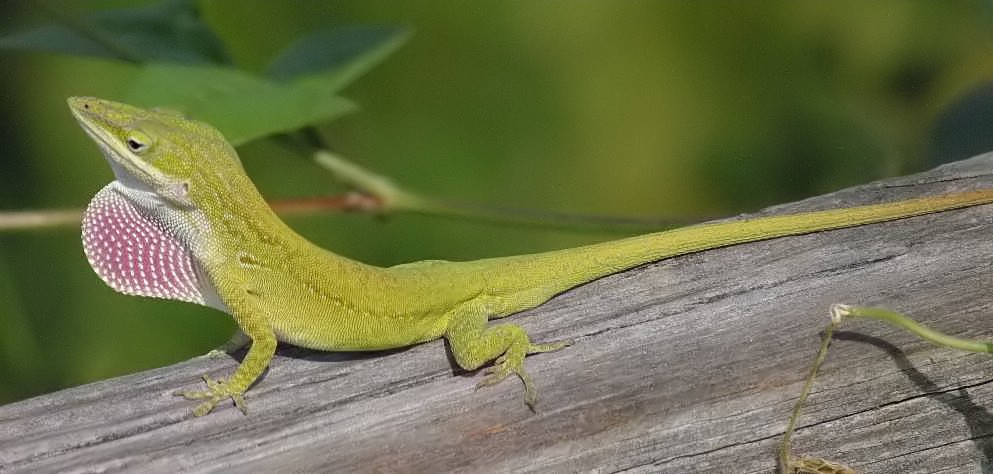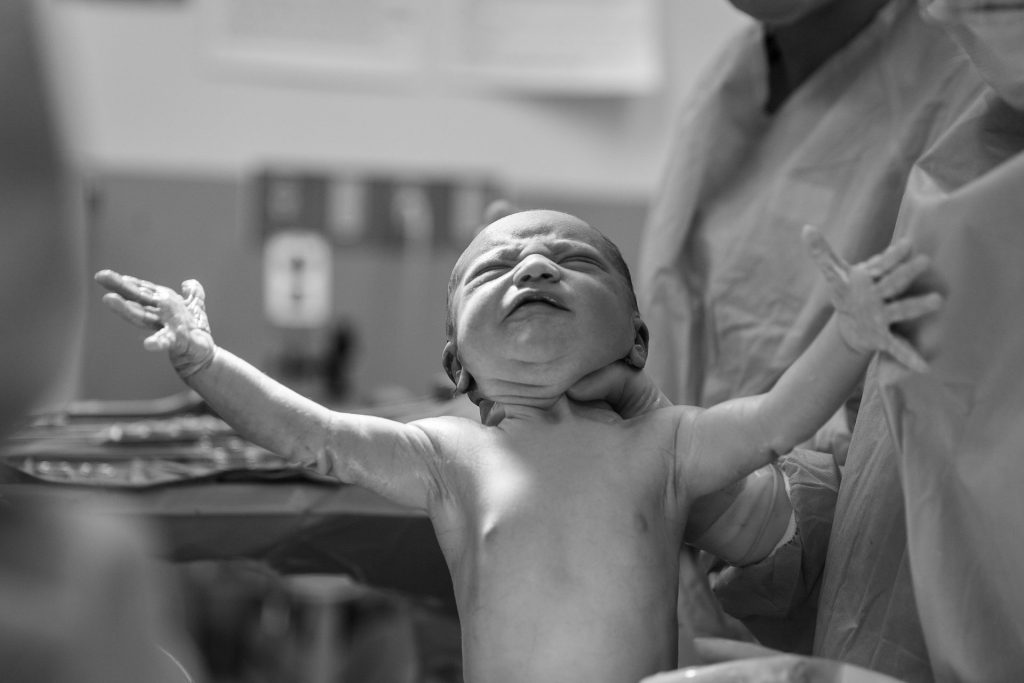Usually, evolution is a long, slow process. It can take millions of years before the subtle changes that take place in every living thing become dramatic enough for us to see. However, some species are changing so quickly now that we can actually watch it happen.
Coyotes, Wolves, And Dogs Are Interbreeding

https://www.smithsonianmag.com
When European settlers made their way through southern Ontario, they killed wolves en masse, decimating their population, to build up farms. Coyotes from the prairies, emboldened by the reduced threat of competing with wolves, moved into their territory. The wolves, which were struggling to find living mates, started to mate with the coyotes and the settlers’ domesticated dogs. Through the three species, the first coywolf was born. It was bigger and stronger t, growing twice as heavy as a coyote. Today, there are millions of coywolves across the eastern coast of North America.
Swallows Are Getting Shorter Wings

Over the roads of Nebraska, cliff swallows are going through a tiny but significant evolutionary change. Their natural homes, are dangerous places during storms. So the cliff swallows have started to build their homes on highways, bridges, and overpasses that overlook busy roads. The cliff swallows tended to end up as roadkill in their new homes. Then, unexpectedly, the number of dead swallows went down. Researchers found that the birds were starting to evolve shorter wings. It’s a difference of millimeters, but the smaller wings let them shoot up into the air when a car approaches. The swallows have gotten quicker, and because of that, a lot fewer of them are dying.
Lizards Are Evolving To Live Higher In Trees

https://www.visionlearning.com
On a group of islands in Florida, a species of lizards called green anoles have gone through a dramatic change in just 15 years.
Their home was invaded by brown anoles from Cuba. The two animals had to compete for food, and the brown anoles had a nasty habit of eating the green anoles’ children. So the green anoles started moving up higher in the trees—and their bodies changed. Over the last 15 years, their toe pads have become bigger and they’ve grown more sticky scales on their feet. These are massive changes for such a short time, and they’ve allowed the green anoles to survive, perched up high in the trees.
Crustaceans In Dark Caves Are Losing Their Vision

https://blogs.biomedcentral.com
There are crustaceans living in caves that had tiny eyes popping out of the stumpy little stalks in their heads millions of years ago. As they settled into their homes in dark and dank caves, their eyes became useless and faded from their gene pool. The crustaceans can’t see anything, so the eyestalks are slowly starting to disappear. Scientists have also had the chance to track how the crustaceans’ brains are changing. These creatures still have a part of their brains dedicated to vision. But that part of the brain is gradually disappearing because it’s useless.
Owls Are Changing Color

The tawny owls of Finland are changing color—and it might be because of global warming. These owls are born with either brown or gray plumage, and they tend to pass their color down to their kids. Until recently, Finland has been dominated by the gray ones. They’re more resilient during Finland’s harsh winters, so the brown tawny owls tend to die young while the gray ones thrive.
Fish In The Hudson River Are Adapting To Live With Chemicals

https://news.nationalgeographic.com
In the Hudson River, there is a tiny species of fish called the Atlantic tomcod that only grows to be 25 centimeters .Along with a whole rich ecosystem, they thrived there for millions of years until industries started dumping chemicals into the river. In particular, chemicals called PCBs eradicated the life in the water. The tomcod, though, adapted, and they’re still thriving in the Hudson. They developed a strange genetic anomaly that keeps them alive—one seen in almost every tomcod in the Hudson. The fish are missing six base pairs of DNA in one of their genes.
Elephants Are Losing Their Tusks

https://whyevolutionistrue.wordpress.com
African elephants are changing because of poachers. Normally, having long tusks is an evolutionary advantage for elephants. Poaching, however, tend to target long-tusked elephants, hoping to sell the ivory for a profit. As a result, these elephants tend to die out before they can reproduce. Without the competition, the short-tusked elephants are actually getting the girls, and they’re passing their tiny tusks down to their children. Since the mid-19th century, the average tusk size of an African elephant has halved.
A Flower Grew A Perch For Birds

http://www.indefenseofplants.com
A South African flower called the rat’s tail changes its look based on where it is. It’s a flower surrounded by predators that love to kill birds. As a result, those birds tend to stay away. In some places, though, the rat’s tail has evolved a little perch to invite birds in. These perches are particularly attractive to sunbirds. The perches are exactly the right size for the birds to land on and drink the nectar from the flowers. So every time we see that perch, it’s a little piece of evolution in action.
Mice Are Becoming Immune To Poison

In Germany, some bakers like to take care of mice infestations by setting up traps full of a deadly poison called warfarin. Any mouse that takes a nibble of the poison tends to have a short life afterward.
The mice in Algeria, however, are immune to this poison. So the German mice have started to mate with the Algerian mice, which is causing the German mice to evolve into a new hybrid that carries the immunity of the Algerian mice.
The hybrid mice can nibble away at warfarin without a reaction—and they’re thriving through evolution.
Human Pelvises Are Getting Smaller


https://www.fearlessmother.co.uk
Even humans are changing in small and subtle ways. For one thing, our pelvises are shrinking because of modern medicine. In earlier times, if a woman’s birth canal was too narrow to give birth to a child, she would die during childbirth. However, modern doctors can give those women caesarean sections and help them to live through childbirth. In keeping people alive, though, we’re overcoming a bit of natural selection. These women give birth to children who share their narrow pelvises, and as a result, our pelvises are shrinking.
Related Content